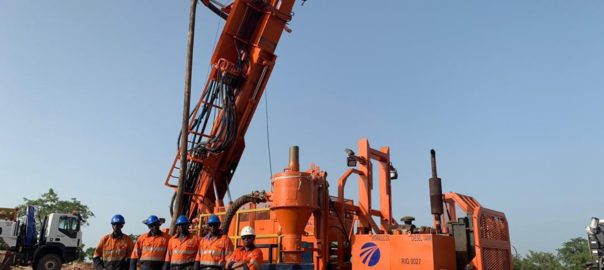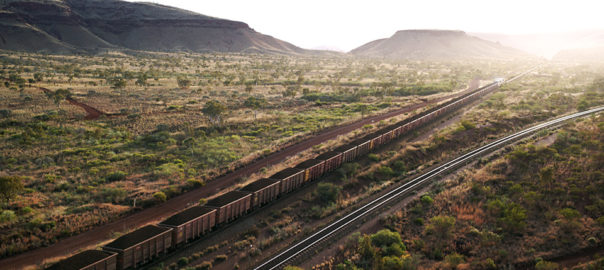Continuing its longstanding relationship with Resolute Mining’s Syama mine in Mali for client Goudhurst of Australia, Skyriders Access Specialists (Pty) Ltd says it has completed yet another major contract at the gold mine.
Originally earmarked for October 2021, the project was postponed due to the COVID-19 pandemic, the rope access inspection, non-destructive testing and work-at-height maintenance solutions provider said.
“Our team was finally able to mobilise in February this year and completed the scope of work within a month, returning in mid-March,” Mike Zinn, Marketing Manager, said. The team comprised traditional rope access in addition to a welder to carry out inspection, maintenance and minor repairs on various structures at the gold mine.
“We have a long association with Syama, and this was yet another successful project that received good feedback from the client,” Zinn says. Skyriders’ association with the project commenced with regular inspection and maintenance work on the roaster smokestack in 2008.
When this smokestack was eventually decommissioned, Skyriders was again called upon to assist to build a new greenfield smokestack. The current project involved inspection of the new smokestack, including the internal and external electrostatic precipitators.
“Rope access is an ideal solution for a remote mine like this, especially due to the constraints imposed by COVID-19,” Zinn said. “We can mobilise quickly and get the work done as fast and effectively as possible, giving the client peace of mind that production is not disrupted and their bottom line impacted.”
He describes Syama as a flagship mining project for Skyriders in West Africa that showcases not only the innovation, experience and technology offered by South African companies, but also that it is more cost-effective to use local expertise due to exchange-rate fluctuations.
“Mining houses can rest assured that service providers such as Skyriders not only adhere to all international health and safety regulations and standards, but that we understand the African market and operating conditions and are comfortable to work anywhere on the continent,” Zinn concluded.











